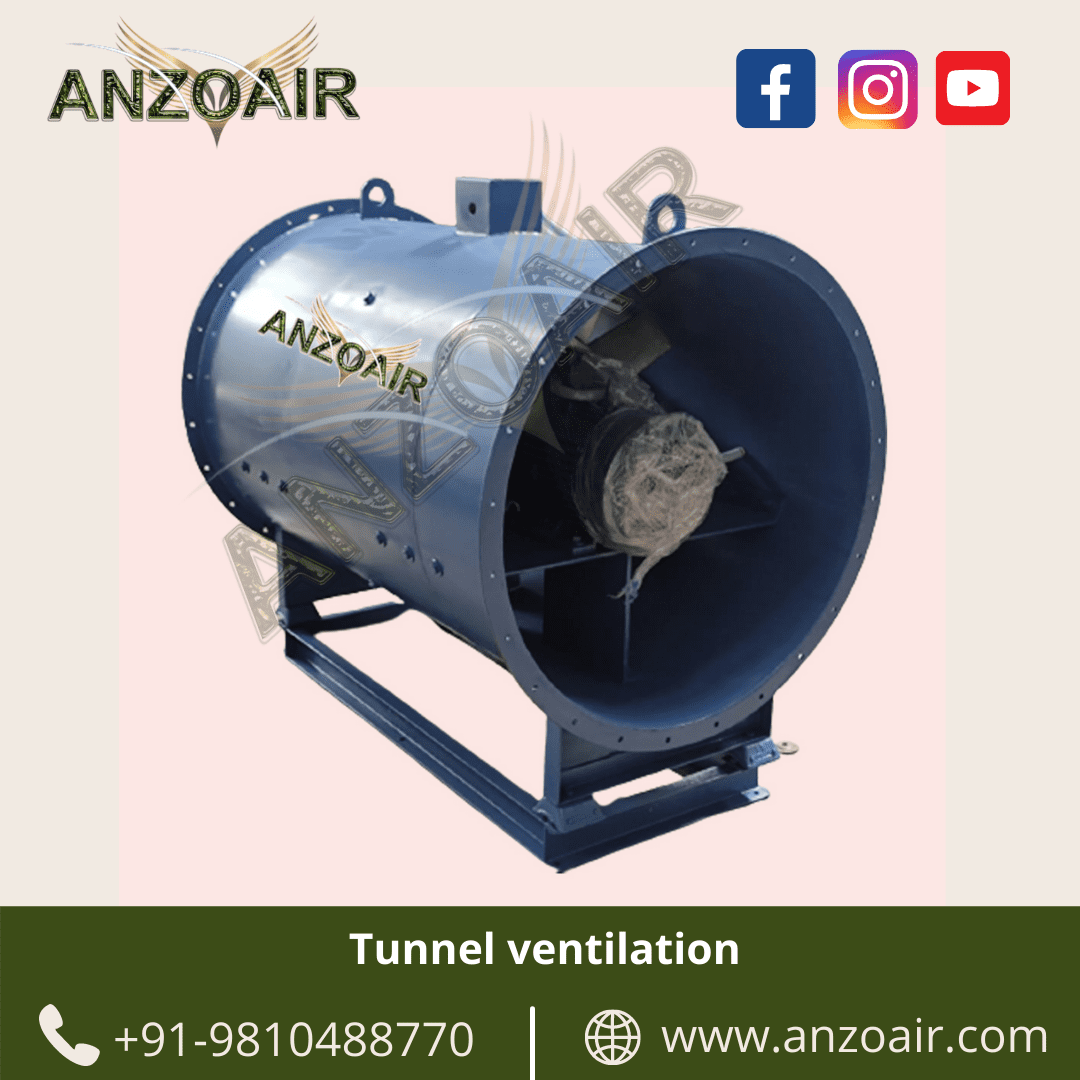Tunnel ventilation
Tunnel ventilation refers to the systems and techniques employed to manage airflow, air quality, temperature, and smoke within tunnels, including road tunnels, railway tunnels, and underground passages. The primary objective of tunnel ventilation systems is to ensure the safety and comfort of occupants by providing adequate ventilation and controlling environmental conditions, particularly in the event of emergencies such as fires or accidents.
Airflow Management : Tunnel ventilation systems are designed to control the movement of air within the tunnel. This involves the strategic placement of ventilation fans, dampers, and ductwork to facilitate the intake of fresh air and the removal of stale or polluted air.
Air Quality Control : Tunnel ventilation systems aim to maintain acceptable levels of air quality by removing pollutants generated by vehicle emissions, engine exhaust, and other sources. Ventilation fans extract contaminated air and may incorporate filtration systems to remove particulate matter and harmful gases.
